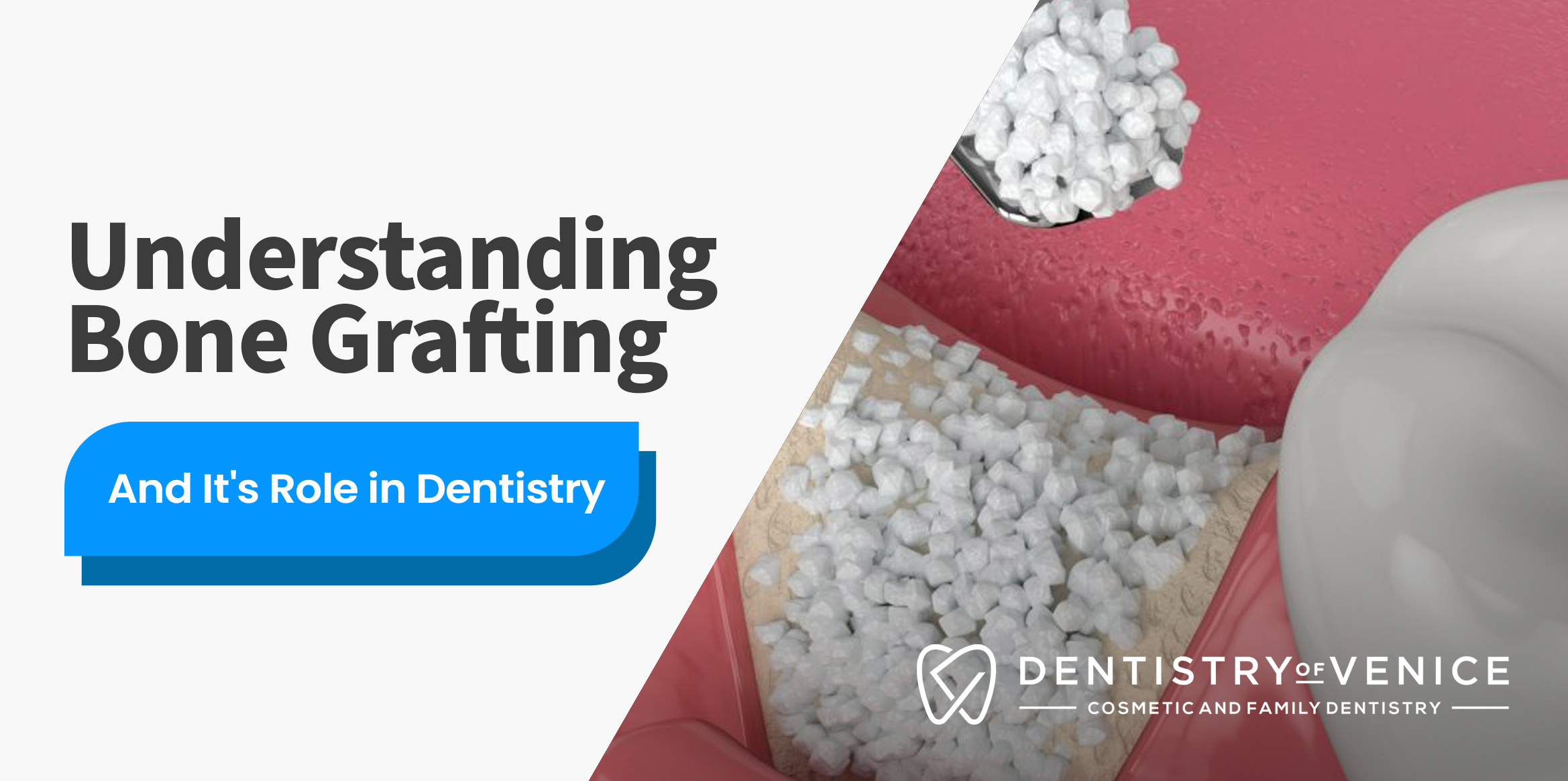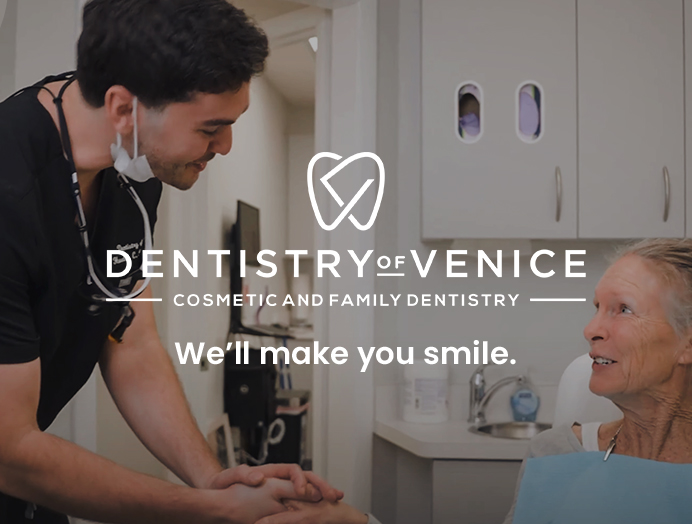Understanding Bone Grafting and It’s Role in Dentistry
Bone grafting is a significant procedure in dental health, primarily aimed at patients who have suffered bone loss in their jaw. This technique is essential for restoring dental function and aesthetics, making it a cornerstone in advanced dental care.
Who Needs Bone Grafting?
Bone grafting is typically recommended for patients who have insufficient bone structure to support dental implants or other restorative procedures. This lack of bone can result from several conditions:
- Tooth Loss: When a tooth is lost and not replaced promptly, the jawbone begins to resorb, losing density and volume.
- Gum Disease: Advanced periodontal disease can erode the jawbone, leading to the need for grafting.
- Injury or Trauma: Accidents that cause damage to the jawbone may necessitate grafting to rebuild the structure.
- Developmental Defects: Some individuals may naturally have insufficient bone due to genetic conditions.
Benefits of Bone Grafting
The benefits of bone grafting extend beyond just structural support. Here are some of the key advantages:
- Support for Implants: Bone grafting provides a solid foundation for dental implants, which are a preferred method for tooth replacement.
- Preservation of Facial Structure: By maintaining bone volume, grafting helps preserve the natural contours of the face, preventing a sunken appearance.
- Improved Oral Health: Restoring bone structure can enhance overall dental health, making it easier to maintain hygiene and prevent further complications.
- Enhanced Functionality: Patients regain the ability to chew and speak effectively, improving their quality of life.
Causes Leading to Bone Loss
Understanding what leads to bone loss is crucial for prevention. The primary factors include:
- Periodontal Disease: Chronic infection and inflammation of the gums can destroy the bone that supports teeth.
- Tooth Extraction: When a tooth is removed and not replaced, the surrounding bone begins to deteriorate.
- Osteoporosis: This systemic condition weakens bones throughout the body, including the jaw.
- Trauma: Physical injury to the jawbone can lead to bone loss if not treated appropriately.
Preventing Bone Loss
Preventive measures play a crucial role in maintaining bone health and avoiding the need for grafting:
- Oral Hygiene: Regular brushing, flossing, and dental check-ups are essential in preventing gum disease.
- Timely Tooth Replacement: Replacing missing teeth with bridges, dentures, or implants can prevent bone resorption.
- Healthy Diet: A diet rich in calcium and vitamin D supports bone health.
- Avoiding Tobacco: Smoking and other forms of tobacco use significantly increase the risk of periodontal disease and subsequent bone loss.
The Bone Grafting Procedure
Bone grafting involves transplanting bone tissue to the affected area. The graft can be sourced from the patient’s own body (autograft), a donor (allograft), or synthetic materials (alloplast). The procedure is usually performed under local anesthesia, and the grafted bone serves as a scaffold for new bone growth over time.
- Assessment: The dentist evaluates the extent of bone loss using imaging techniques.
- Preparation: The area is cleaned and prepared for the graft.
- Placement: The graft material is placed in the deficient area.
- Healing: Over several months, the graft integrates with the existing bone, forming a strong foundation.
Conclusion
Bone grafting is a transformative procedure in dental care, providing critical support for various restorative treatments. By understanding the causes of bone loss and taking preventive measures, patients can maintain their oral health and reduce the likelihood of needing this intervention. For those who do require bone grafting, the benefits are profound, restoring function, aesthetics, and overall dental well-being.




